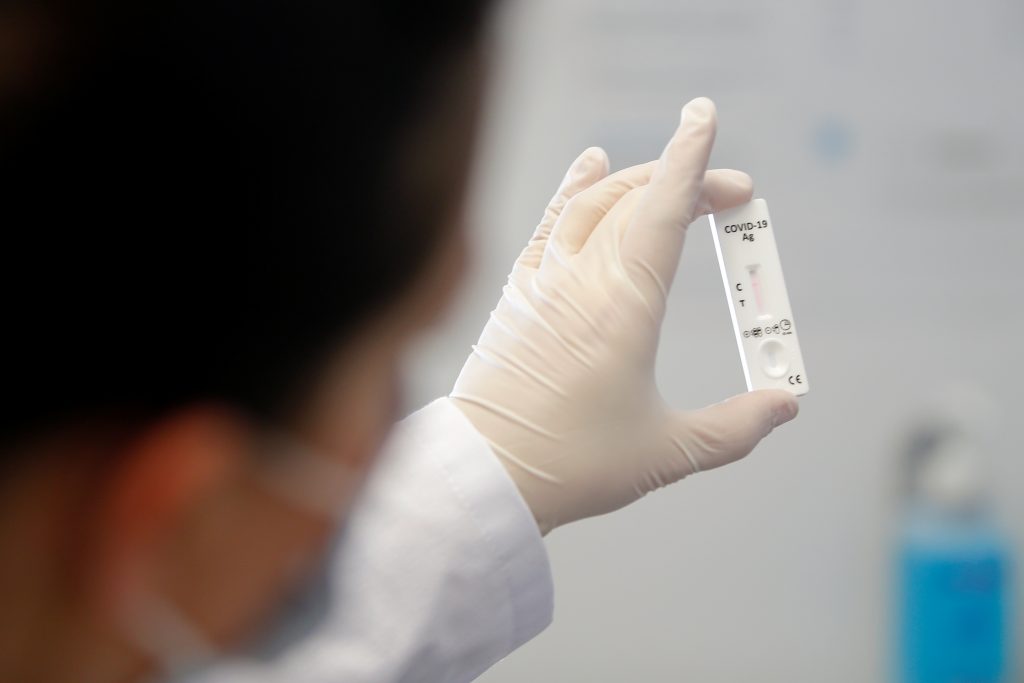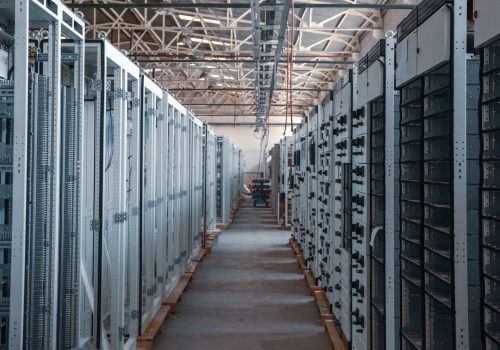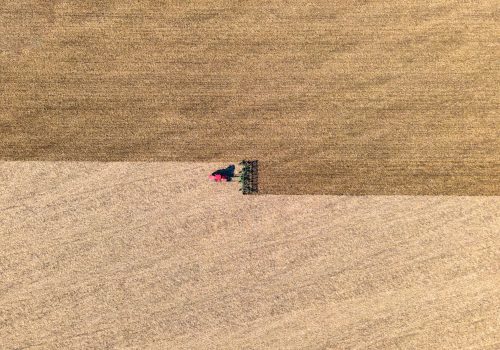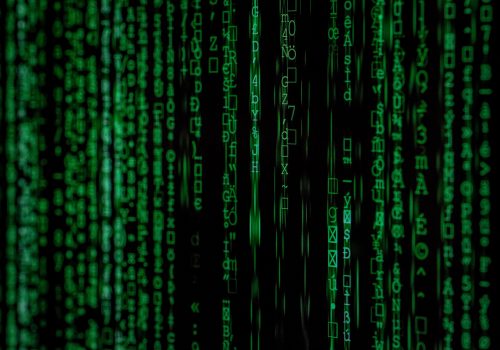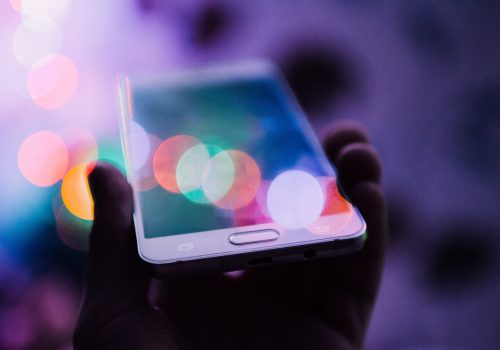Editorial
According to the U.S. Center for Disease Control and Prevention (CDC), “reported… COVID-19 cases likely represent only a fraction of all SARS-CoV-2”, the virus that causes COVID-19 infections. They argue this may be because of “an unknown proportion of people” that either 1) have mild or no symptoms, 2) do not seek medical care, or 3) do not get tested when they sought medical care. To address this third cause, the scientific community and policymakers keep exploring new ways of testing for COVID-19 infections that go beyond the already well-known nose-swab PCRs, or the rapid diagnostic antigen tests (RDT). Among the most promising new COVID-19 testing means, wastewater testing and saliva testing stand out.
Wastewater testing is viewed as a “cost-effective way to survey transmission dynamics of entire communities,” avoiding the biases of other epidemiological indicators, and collecting data from people who lack access to healthcare. At the same time, it allows for a testing method that does not invade individual’s privacy and allows for higher levels of trust in the communities where it is applied. On February 2020, SARS-CoV-2 was detected in the sewage of five sites a week after the first COVID-19 case in the Netherlands. This event discovered that, even at low COVID-19 prevalence, sewage surveillance could be a sensitive tool to monitor the viral circulation.
A Stanford University study published last December 7, 2020 identified a wastewater testing approach capable of better detecting viral infection patterns in communities and tracking “whether the infection rates are trending up or down.” Stanford’s Michelle Horton informed that “testing wastewater – a robust source of COVID-19 as those infected shed the virus in their stool – could be used for more responsive tracking and supplementing information public health officials rely on when evaluating efforts to contain the virus, such as enhanced public health measures and even vaccines when they become available. The test,” she said, “works by identifying and measuring genetic material in the form of RNA from SARS-COV-2.” One of the report’s senior authors, Alexandria Boehm, explained that, through this mechanism, “wastewater data complements the data from clinical testing and may provide additional insight into COVID-19 infections within communities.” What is more, the researchers found “the settled solid samples had higher concentrations and better detection of SARS-CoV-2 compared to the liquid versions,” confirming early thinking that “targeting the solids in wastewater would lead to sensitive and reproducible measurements of COVID-19 in a community,” and eventually “tracking upward trends when cases are still relatively low.”
Using this same method, three leading European operators have recently joined forces to offer a “complete real-time decision management system” tested in France. They say it is “highly operational and can be immediately deployed within a few days” anywhere in France and abroad.
Starting October 2020, an interdisciplinary team of scientists partnered with Syracuse University and the New York State’s Department of Health to monitor 14 counties and 12 universities with a wastewater surveillance platform. After their testing method proofed to have successful results, this group “identified the virus in samples [on campus and at various colleges], and students were saliva-tested and quarantined until their individual results were known.” Indeed, saliva-based testing has come forward as an attractive, low-cost alternative. It also offers an improvement over the standard nasopharyngeal swab because people can collect their own samples with minimal discomfort. The UK government, for example, recently partnered with the molecular diagnostics company Optigene to develop a pilot study involving more than 14,000 people to test the efficacy of its saliva test. In the U.S., the country’s Food and Drug Administration issued an emergency use authorization (EUA) to Yale School of Public Health last August 15th for its SalivaDirect COVID-19 diagnostic test, which uses a new method of processing saliva samples. The organization described this method as “yet another testing innovation game changer that will reduce the demand for scarce testing resources,” and encouraged test developers “to work with the agency to create innovative, effective products to help address the COVID-19 pandemic and to increase capacity and efficiency in testing.”
A year after the WHO characterized the spread of COVID-19 as a pandemic, scientists, researchers, and policymakers around the globe keep exploring new and more effective methods to help reduce the spread of the disease. Ultimately, the success of these new methods will be measured by the test’s accuracy, speed, cost, and lack of pain. This success will only be possible if individuals and communities place their trust in them first.
Sincerely,
Christine Macqueen
Economy of Trust Foundation / SICPA
Dr. David Bray
Atlantic Council GeoTech Center
Borja Prado
Editor
Get the Economy of Trust newsletter
Sign up to learn about advances in technology and data activities that, through trust and more transparent frameworks, improve nations and sectors alike.
Research & Analysis
Image: An employee performs a quick COVID-19 antigen test at the facilities of nal von minden GmBh, amid the outbreak of the coronavirus disease (COVID-19), in Moers, Germany, March 2, 2021. REUTERS/Leon Kuegeler
